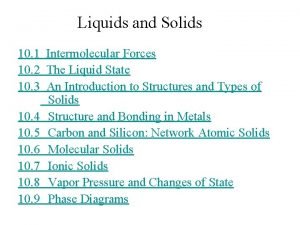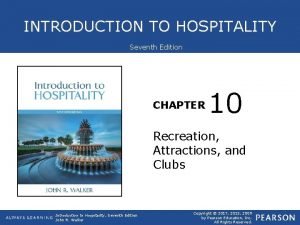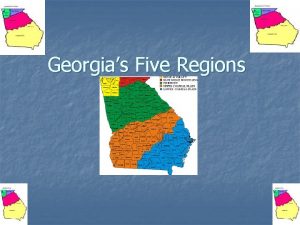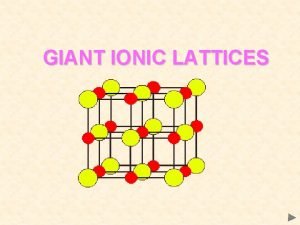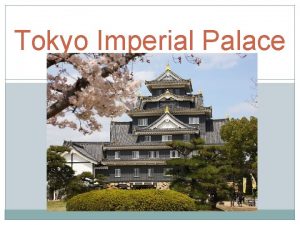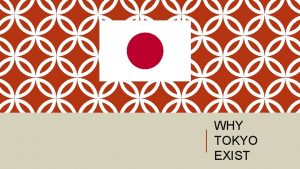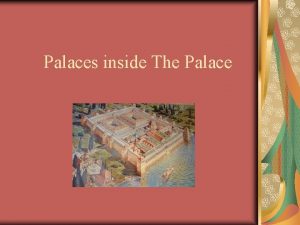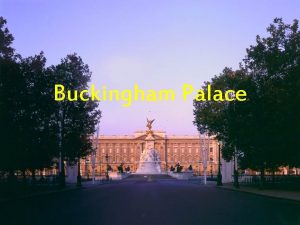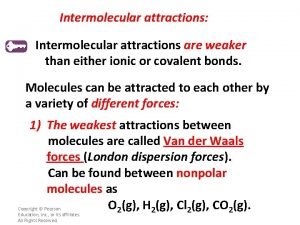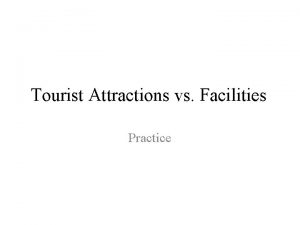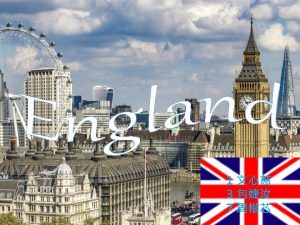Asian Attractions Tokyo Imperial Palace Todays Imperial Palace










- Slides: 10

Asian Attractions ��

Tokyo Imperial Palace �� � Today's Imperial Palace is located on the former site of Edo Castle, a large park area surrounded by ditches and huge stone walls in central Tokyo, just a short walk from Tokyo Station. It is the seat of the imperial family of Japan. In 1888 the construction of a new Imperial Palace was completed.

Kinkaku-ji �� Kinkaku-ji , (Temple of the Golden Pavilion), officially named Rokuon-ji , (Deer Garden Temple), is a Zen Buddhist temple in Kyoto, Japan. It is one of the most popular buildings in Japan, attracting many visitors annually. It is designated as a National Special Historic Site, a National Special Landscape and is one of 17 locations making up the Historic Monuments of Ancient Kyoto which are World Heritage Sites. Kinkaku-ji's history dates to 1397 and rebuilt 1955

Senso-Ji Temple �� � The Sensoji (also known as the Asakusa Kannon Temple) is a Buddhist temple located in Asakusa. It is one of Tokyo's most colorful and popular temples. Was created in 645 AD

West Lake in Hangzhou — Paradise on Earth �� � Hangzhou is renowned as China's "paradise on earth" owing to its beautifully crafted landscape. West Lake was created after the Chinese love for gardenstyle parks for recreation. To admire the beauty of West Lake, visitors can leisurely bike around the lake, walk around the lake, or take a short cruise on the lake.

The Forbidden City in Beijing �� � It was once a "palace city" where ordinary people were forbidden entry. An extravagant demonstration of ancient Chinese architecture, over 8, 000 rooms with golden roofs are elegantly designed and painted in red and yellow. The Forbidden City was the imperial palace of the Ming and Qing Dynasties for 560 years till 1911

The Potala Palace �� � The Potala Palace is a symbol of Tibet. In 1994 it was declared a UNESCO World Cultural Heritage Site. It is a huge treasure house of materials and articles from Tibetan history, religion, culture and art. The palace is widely known for the precious sculptures, murals, scriptures, Buddhist statues, antiques, and religious jewelry housed within.

Gyeongbokgung Palace �� � Gyeongbokgung Palace was the main legal residence of the royal family during the Joseon Dynasty. Carrying a meaning of “a place where the new king can enjoy prosperity of great blessings, ” this was the first palace built during the Joseon Dynasty. The palace is unique for its vast area and harmony of buildings, and is the only palace to have all four major gates still remaining to this day.

Bulguksa Temple �� � Gyeongju’s Bulguksa Temple was originally built in 528, but has endured a number of renovations and extensions throughout history. Just outside of Busan, the temple was very important to many dynasties. The complex is made up of many buildings with intricate carvings and statues and harbors some of South Korea’s most important national treasures, such as the Sinheungsa and Dabotap pagodas. The garden is very impressive year-round, but is even more stunning when the cherry blossoms are in bloom.

Thanks for watching �� By marios likokostas
 Dipole-dipole attractions
Dipole-dipole attractions The 5 regions of georgia
The 5 regions of georgia In managing attractions, a programmed decision is
In managing attractions, a programmed decision is Electrostatic attraction
Electrostatic attraction The five regions of georgia
The five regions of georgia What holds molecules together
What holds molecules together What are the weakest attractions between molecules
What are the weakest attractions between molecules Factors contributing to the success of a tourist attraction
Factors contributing to the success of a tourist attraction Giant ionic structures
Giant ionic structures Physical attractions
Physical attractions Which diagram best illustrates the ion molecule attractions
Which diagram best illustrates the ion molecule attractions
